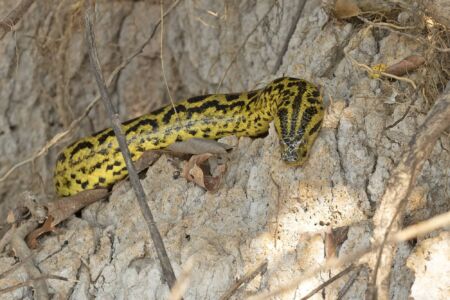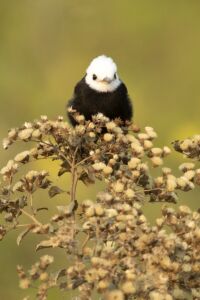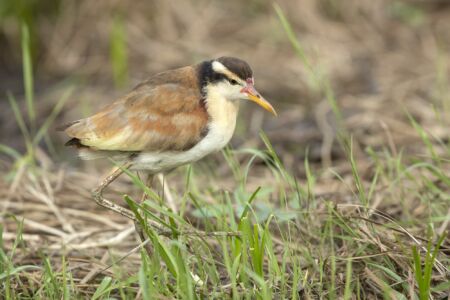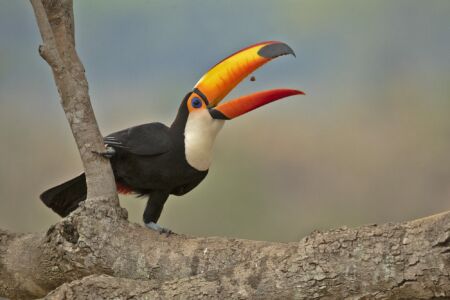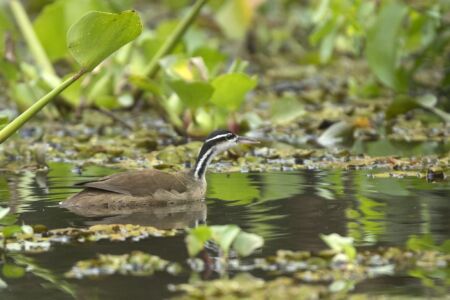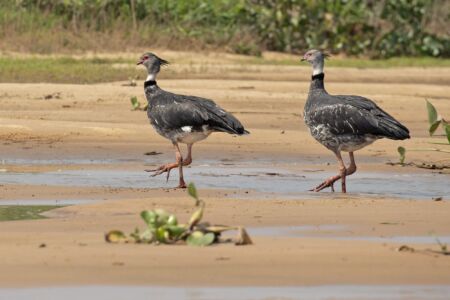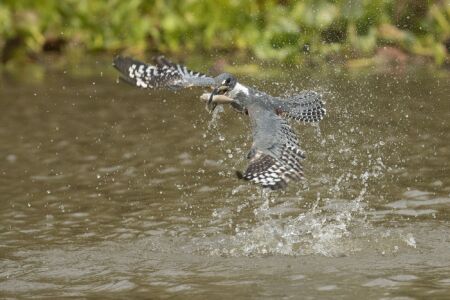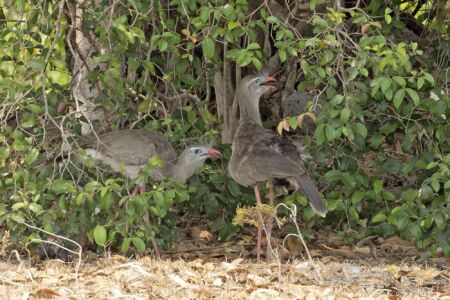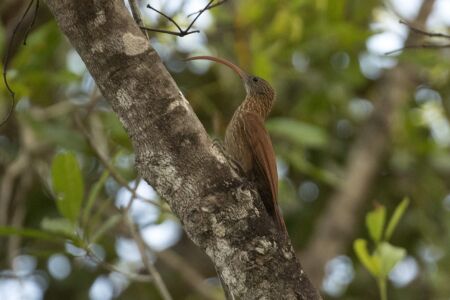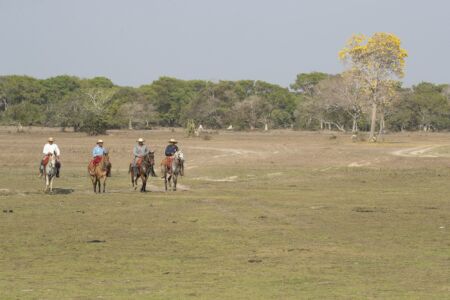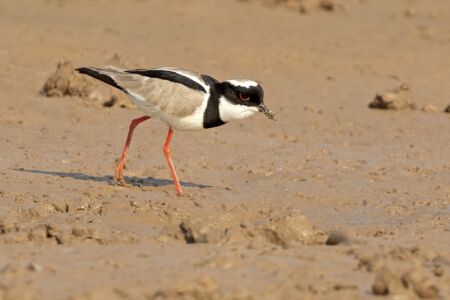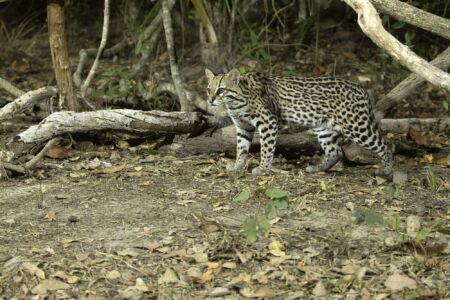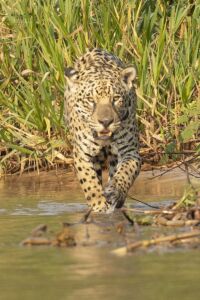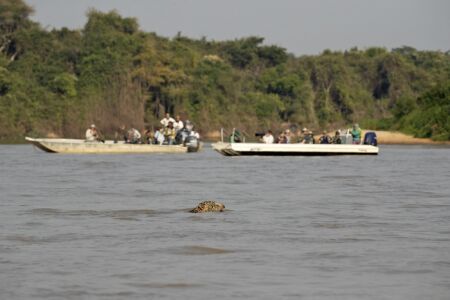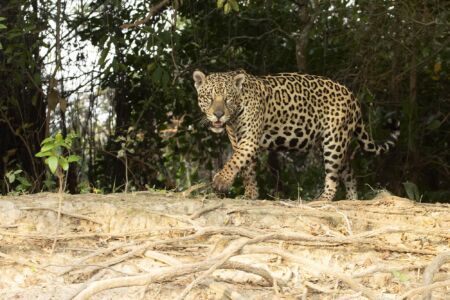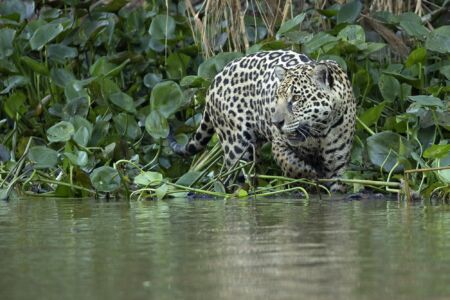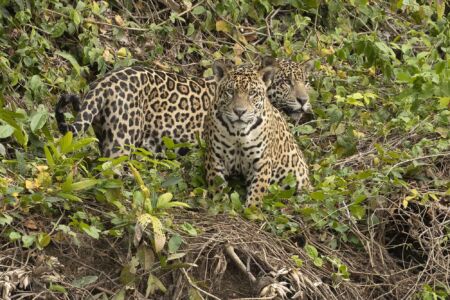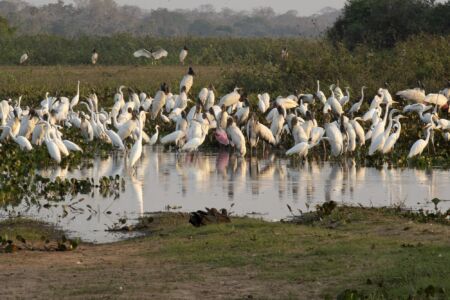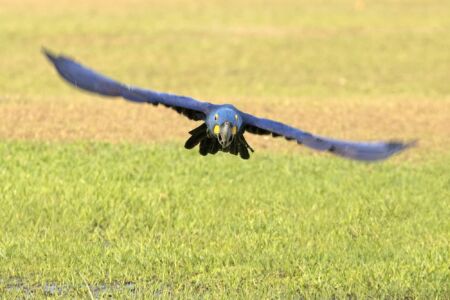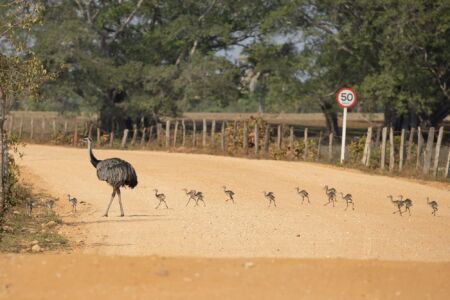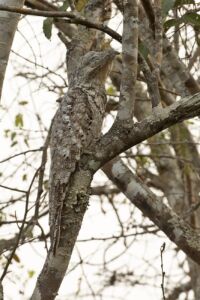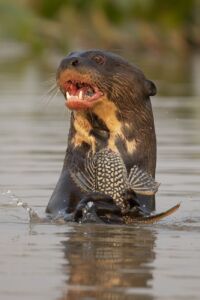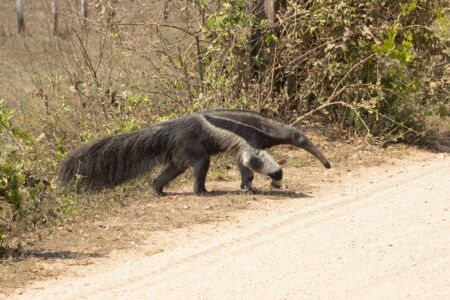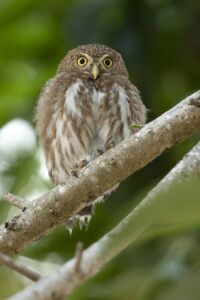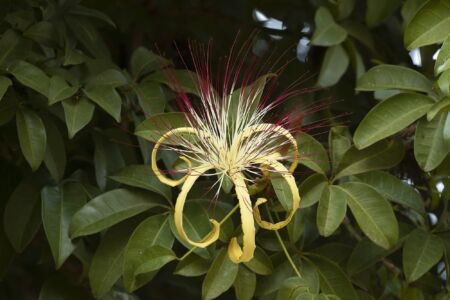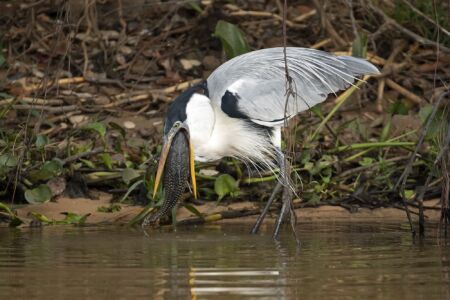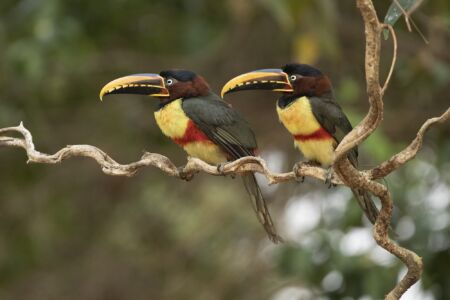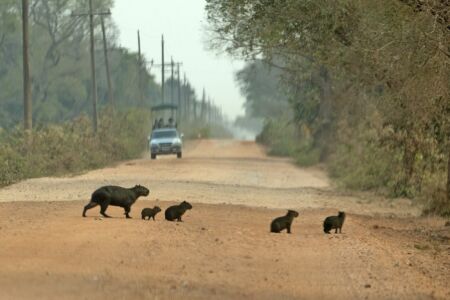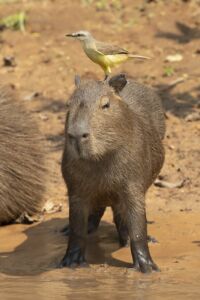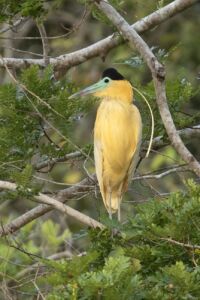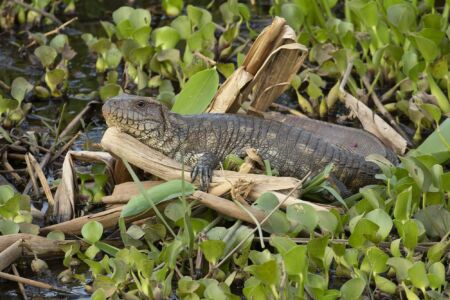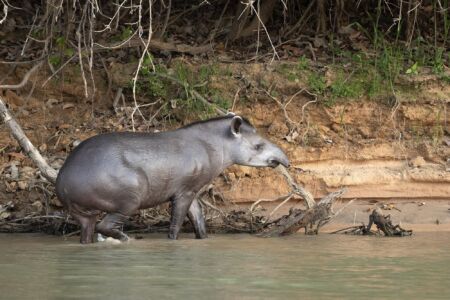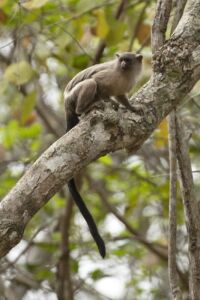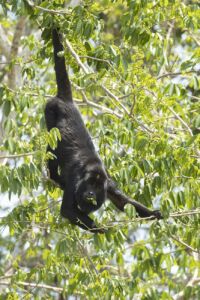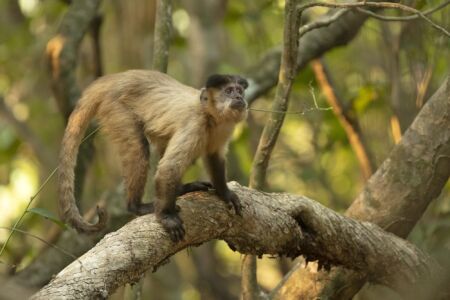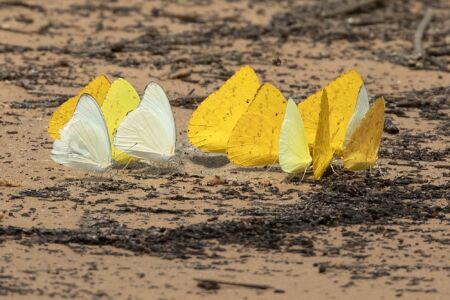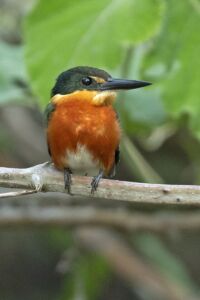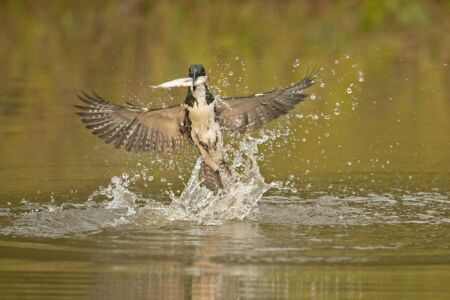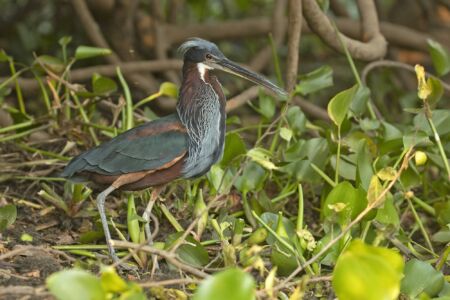TRIP REPORT: PANTANAL – 2019 September – Wildlife Safari

TOUR FOCUS
TRIP LEADERS
PRIVATE TOUR OPTION
This tour is available as a private trip for any size group. The tour cost will vary with the number of people and any custom requests.
TESTIMONIALS
Trip report by Adrian Binns
Sept 1-12, 2019
We enjoyed an excellent 12 day trip (Sept 1-12) to the Pantanal that incorporated 4 different lodges with good trails, delicious food, wonderful feeders, and numerous scenic boat rides. This really is a photographers paradise with plenty of opportunities for frame-filling shots! The weather this year was very hot with the Pantanal well into its dry season, and the fires that we had been hearing about did not effect us. The pools that are dotted along the transpantaneira were quickly drying up, concentrating fish and making it easier for a variety of waders to catch a meal. We saw all of the areas Big 5 (Jaguar, Giant Anteater, Tapir, Anaconda, Giant Otter) including 11 Jaguar sightings, and over 250 avian species, many of which were photographable, such are the opportunities in the Pantanal.
Alegre
I spent a night here pre-trip. At Pouso Alegre the avian activity at the morning feeding station was outstanding with Toco Toucan, Chestnut-collared Aracari, Crested Oropendula, Chaco Chachalacas, Bare-faced Curassow, Purplish Jay, Rufous-bellied Thrush and an array of smaller passerines, namely Yellow-billed Cardinal, Silver-beaked and Sayaca Tanager, Chopi Blackbird, Giant Cowbird, Grayish Baywing and Saffron Finch.
Around the lodge we encountered Little Woodpecker, Grayish Saltator, Blue-fronted Parrot, Great Rufous Woodcreeper and Black Tegu Lizards. In the heat of the day Rufous Hornero’s were at their oven shaped mud nests. A pleasant walk through the surrounding dry scrub forest soon found Squirrel Cuckoo, Rufous Casiornis, Great Potoo and the first of our primates, Black-tailed Marmoset.
Aymara
Fisher, our guide, and the rest of the group met us at the Aymara Lodge, for the official beginning of our trip. While the Alegre was a working ranch with open grounds, the Aymara Lodge is set within a forest, and dry at this time of year. The grounds with their tall trees were a haven for Blue-throated Piping Guan, Yellow-collared Macaw, Blue-fronted and Scaly-headed Parrot, and Azaras’s Capuchins enjoying various fruits, while Linneated and Crimson-crested Woodpeckers along with a pair of Hyacinth Macaws were using manduvi trees to nest in.
A walk along a beautiful 3 km forest trail around the lodge produced good looks at Yellow-olive Flatbill, Forest Eleania, White-wedged Piculet, Grey-headed Tanager, Pearly-vented Tody-Tyrant and pairs of Moustached Wren, Large-billed Antwren, Planalto Slaty-Flycatcher and Band-tailed Antbird. A huge surprise was finding a Bicolored Hawk which we initial saw chasing a Laughing Falcon before it perched for an excellent view.
Transpantaneira
The only road that penetrates deep into the northern Pantanal is the Transpantaneira, which runs for 148 kms from the town of Pocone to its southern point at Porto Jofre (which is neither a port or a town). Along the dirt road we had to traverse over 100 bridges some of which are new and well elevated while others being older and wooden are a bit shaky, literally! We would make the journey along the road twice during our trip – there and back!
Being well into the dry season roadside ditches once full of water and pools around the bridges were shrinking, which meant that in certain places there was a concentration of egrets, herons, Wood Storks, Roseate Spoonbills and Jabiru’s. Amongst the local herons, the stunning Whistling and Capped. Capybara and Yacare Caiman added to the mix, with hundreds of the latter in various spots.
Raptors such as Snail Kite, Savannah Hawk, Great Black Hawk and Black-collared Hawk while not numerous, were spread out along the way, while our best sighting was an uncommon Long-winged Harrier with his languid wing beats leisurely flying by us.
We enjoyed the wonderful sight of a Greater Rhea with her 19 chicks in tow crossing the road. The aptly named Scarlet-headed Blackbird showed well as a pair of White Woodpeckers flew over. Roadside shrubbery produced Striped Cuckoo, Barred Antshrike, Rusty-backed Antwren, Chotoy Spinetail and Common Tody Flycatcher, while three species Greater Thornbird, Rufous Cacholote and Yellow-chinned Spinetails all took turns alighting on a log in the marsh. A major highlight was being serenaded by a pair of Black-capped Donacobius. Surprisingly we got a decent view of Rufous-sided Crake, and encountered three migrants White-banded Mockingbird, Subtropical Doradito and Yellow-browed Tyrant. In more wooded areas we found Blue Ground Dove, Scaly-headed Parrot, Fawn-colored Wren and Pale-crested Woodpecker. The feeders at the Mato Grosso Hotel attracted Solitary Black Cacique, two beautiful Red-crested Cardinals, and a shy Orange-backed Troupial.
As far as mammals go we had a fine array, with Tapiti, Brazilian Cavy, Marsh Deer, South American Coati, Crab-eating Fox and a family of Crab-eating Raccoons, but it was hard to top the Giant Anteater that ambled across the road! And for reptiles it was hard to beat the huge Caiman Lizard that was basking in the water hyacinth!
Piuval
At the northern end of the Pantanal the Pousada Piuval is a 17,000 acre working cattle ranch with a mix of open fields and forested islands. Around the lodge grounds it was easy to watch groups of Guira Cuckoos numbering as many as a dozen scouring the ground, Cattle Tyrants, Great Kiskadees, White-eyed Parakeets and a pair of confiding Blue-and-yellow Macaws. A large concentration of egrets, herons and storks could be seen each morning in the distance marshes, in the company of Capybaras. Both Red-legged Seriema and Greater Rheas wandered close during their daily walkabouts that undoubtedly covered many miles of walking.
Over the course of our 3-night stay, there was a wonderful woodpecker and woodcreeper show with Campo Flicker, Crimson-crested, Green-barred, Cream-coloured, the uncommon White-fronted Woodpecker (that feeds like a sapsucker), along with Narrow-billed, Straight-billed and Red-billed Scythebill of the latter family. As we visited various patches of forest on the ranch we found Crane Hawk, White-rumped Monjita, Black-belled Antwren, Helmeted Manakin, White-winged Becard, Ashy-headed Greenlet, Bananaquit, Planalto Slaty-Antshrike and Blue-crowned Trogon, Black-tailed Tityra, Yellow Pipit, Suiriri Flycatcher and Glittering-bellied Emerald. Jabirus with chicks were on a nest while nearby noisy Hyacinth Macaws yakked away. One of our afternoon’s was most successful with four Fork-tailed Flycatchers, White-lored Spinetail, Hooded Tanager, Chestnut-vented Conebill, Purple-throated Euphonia, Bat Falcon and a pair of Undulated Tinamou that showed at dusk. Having seen Ferruginous Pygmy-Owl and Great Horned Owl in the daytime we ended one evening with Tropical Screech Owl, and Black-banded Owl on another. Crab-eating Fox was also seen patrolling the perimeter of the lodge grounds at dinner.
On our boat ride on the shallow Baia Piuva, we unexpectedly went over a Yacare Caiman, feeling the full effect of its ridged back as well as a surprise lift of the boat! We did find our targets, Azure and Purple Gallinule, Least Bittern (a possible split) and thanks to Fisher’s patience we had outstanding views of a pair of Yellow-breasted Crake’s.
Pantanal Norte, Porto Jofre / Cuiaba River
The biggest draw of the Pantanal is surely the chance to see the largest cat in the Americas, and Porto Jofre along the Cuiaba River is the place to be! Based at the Pantanal Norte for 4 nights we spent 3 days on the river and its tributaries on 6 boat rides, morning and afternoon.
Our first day on the river in search of jaguar produced 3 individual females, one each on the Cuiaba, Three Brothers and a pregnant one on the Black Bay. The sheer size and power of the fairer sex was most impressive and with all three we had the good fortune of watching them for a while as each walked along various stretches of river banks with one in particular searching for caimans as she went in and out of the water through the grasses and hyacinth. It was hard to believe that a Great Potoo would be oblivious to all the boisterous activity occurring below its roosting spot high on a branch overhanging the river when we tracked one of the females jaguar, but it never flinched. From then on we would find at least one jaguar on each trip, including a male swimming across the wide Cuiaba.
We encountered two families of Giant Otters including a family of 6 around their holt. One one occasion we watched as they fed on catfish, choosing a small patch of protruding branches above the waters surface to stabilize themselves as they crunched away. From a good distance away Fisher spotted a Yellow Anaconda with half his body stretched out of a hole in the bank, sunning himself. We estimated he was about six foot and likely a male which are considerably smaller than females. A small family of Black-and-gold Howlers with a baby, allowed close approach as they hung from branches overhanging the river feeding on leaves.
There was a variety of bird activity during our boat rides. On short grass areas adjacent to the river we had the opportunity to step out of the boat and wander about. Two dozen Nacunda Nighthawks were roosting in the open with a couple being chased by Southern Lapwings and a Brown-chested Martin. Yellowish Pipits walked about the grasses while Spotted Sandpiper, Collared Plover and American Golden Plover foraged in the mudflats. Various stretches of sand banks held pairs of Black Skimmer, Pied Lapwing and Yellow-billed Tern, and our only Yellow-headed Caracara was also seen on the sand. Pale-legged Horneros were often seen walking along more vegetated flats. White-bellied and Double-collared Seedeaters were bathing in the shallows and Rusty-backed Spinetail and Masked Gnatcatchers were nest building just above the water level. A female Sungrebe showed well between patches of overhanging vegetation and water hyacinth.
We came across a mixed flock that included Common and Rusty-fronted Tody-Flycatcher, Barred Antshrike, White-rumped Monjita and Lesser Seed Finch, and found a flock of White-browed Meadowlarks amongst taller grasses. Various other sightings included American Pygmy Kingfisher, Little Cuckoo,Squirrel-Cuckoo, Swallow-tailed Kites and an Amazonian Motmot flying across the river.
On the grounds of our lodge the lily lake, which has been cleared of all vegetation, a White-rumped Sandpiper was keeping company with a Solitary Sandpiper. Hyacinth Macaws preformed various acrobatics on electric wires before venturing to their nest holes, while Toco Toucans, Creamy-bellied Thrush and Purplish Jays were attracted to the fruit smorgasbord on offer at the owners house. Monk Parakeets favoured eating the fruit from a bocaiuva tree. A Crimson-crested Woodpecker was seen chasing a Crane Hawk that was about to raid Yellow-rumped Cacique nests. A short walk up the transpantaneira produced our best looks at Boat-billed Flycatcher, Fawn-breasted Wren and Blue-crowned Trogon, while inside the forest we quickly found Southern Antpipit and a beautiful male Band-tailed Manakin.
Our last boat ride produced our 10th Jaguar, with excellent prolonged views of a female walking along a bank and going in and out of the water. Along the Piquiri River we happened upon a pair of Brazilian Tapirs crossing the wide river, with one waiting for the other to reach the bank, before both bolted off in the forest.
South Wild / Santa Teresa
Our last three nights were spent at the Santa Teresa. The number of species assembling to visit the assorted feeders and seen in their vicinity of the lodge before breakfast was astonishing. We counted over 35 that included seven species of dove, three tanagers, Grayish Saltator, Orange-backed Troupial, Variable Oriole, Solitary Black Cacique, Bananaquit, Saffron Finch, Purplish Jay, Yellow-billed Cardinal, Glittering-throated Emerald, Chaco Chachalacas, Bare-faced Curassow, with the highlight being a pair of Toco Toucans.
Boat rides along the Pixiam are also a major highlight here. Being a narrower and quieter river, it allows for a more gentle pace. This was a good river to see all Pantanal’s possible kingfishers, including Green-and-rufous, Green and American Pygmy, all of which we did. Ringed and Amazon were regularly following the boat, the latter often perching on the bow. We found a few roosting Boat-billed Herons and enjoyed a shy Agami Heron and male Sungrebe. A few Black-collared and Great Black Hawks were seen along the way and we got a good view of a singing Rufous-browed Peppershrike. We missed a jaguar crossing the river by a few minutes, but did see a Tapir exit the water and quickly climb the bank on its way into the gallery forest.
Our morning walks consisted of covering the open scrub along the dirt road leading to the transpantaneira. This produced Rusty-fronted Thornbird, Green-backed Becard, Picui Dove, Yellow-bellied Eleania, Pearly-vented Tody-Flycatcher, Tawny-crowned Pygmy-Tyrant and much to our surprise a Tapir crossing from one field to another. Over the course of two walks through the gallery forest we had excellent views at a female Swallow Tanager, Guira Tanager, Chestnut-vented Conebill, Streaked Xenops, Stripe-necked Tody-Tyrant, Flavescent Warbler, Sepia-capped Flycatcher and Great Potoo.
We also flushed a Rufous Nightjar from the side of the trail, which had we known, would have given us a great look.
The Ocelot blind has become a major attraction with all of us waiting at dusk for one to appear. Our first crack produced a ‘giant ocelot’ in the form of a female Jaguar, 20 feet away, that peered right at us for 15 seconds. Wow! Who would have expected that? On our second night a young male Ocelot appeared putting in three magical appearances over a period of half an hour much to delight of all of us! A perfect way to cap a superb trip!




